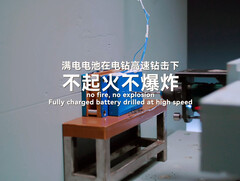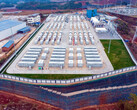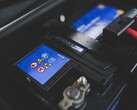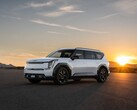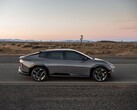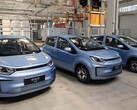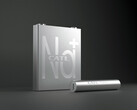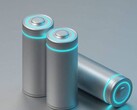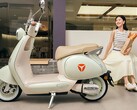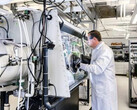Battery makers like BYD or HiNa are already manufacturing sodium-ion batteries for grid-level energy storage or small vehicles. The world’s largest battery maker, however, just one-upped them with the announcement of its new sodium-ion battery line for passenger EVs called Naxtra.
The packs are made with CATL’s second generation sodium-ion battery cells that come with record for the category 175 Wh/kg energy density. That is as high as what today’s LFP batteries in Anker power banks or mass market electric cars like the Tesla Model Y carry, and a watershed moment for Na-ion battery proliferation.
The Naxtra line includes the first mass-produced sodium-ion battery for electric vehicles with longer range, offering more than 300 miles on a charge. Besides being the first extended range sodium-ion battery pack for passenger electric cars, it comes with all the advantages that the Na-ion technology brings compared to lithium batteries.
The new sodium-ion battery can retain its capacity for more than 10,000 charge cycles, as well as in the freezing cold. CATL says that its sodium-ion battery pack can retain even a low 10% charge at -40 degrees Celsius, a feat that is hard for lithium batteries to pull off. Battery preconditioning that utilizes a lithium pack’s own energy to warm it up and prepare for a charging session, for example, can only be sustained above a 20% state of charge.
CATL will first start mass production of sodium-ion batteries for heavy-duty trucks in June, aiming to replace their lead acid packs at half the cost. In December, it will start shipping the first 300-mile sodium-ion Naxtra battery packs to clients for their upcoming electric vehicle models.
Granted, lithium prices have dropped significantly from their peak in 2022, and sodium-ion batteries are not at half the manufacturing costs of lithium cells as they once were, but the Na-ion chemistry offers many other advantages besides a cheaper price.
They can retain their capacity for longer and under more extreme conditions, while a big selling point is their intrinsic safety compared to lithium cells with liquid electrolyte. Having no flammable material makes them able to withstand a battery of smashing, puncturing, or fire tests that don’t require reinforced housing to pass like with CATL’s lithium batteries.
The battery maker has even released a testing video where it subjects the Naxtra sodium-ion packs to extreme endurance testing, and they pass it with flying colors, boding well for road accidents that involve future EVs powered by the new Naxtra sodium-ion battery.
Source(s)
CATL (Weibo)




